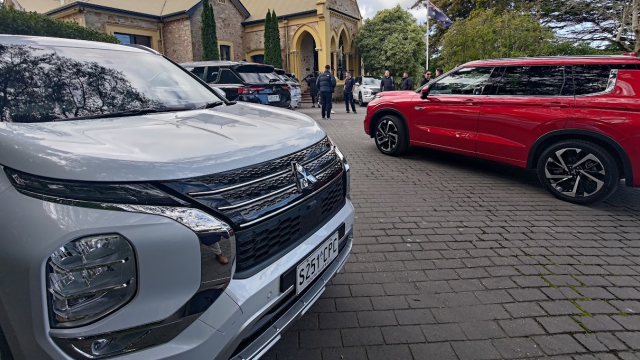While electric vehicles are rising in popularity across the world, hybrids and PHEVs (plug-in hybrid electric vehicles) are also part of the ICE-to-electric transition. However, plenty of drivers and prospective car owners are still unclear about how hybrids actually work.
Well, let’s explain it.
How do hybrids work?
Standard hybrids use electricity to enhance the performance of a petrol engine. As standard hybrids can’t be plugged in so that the battery can be charged, unlike PHEVs and electric vehicles, hybrids rely on petrol-to-electricity conversions in-car and regenerative braking (where battery energy is regenerated when brakes are applied) to recharge their motor batteries. Petrol is the primary fuel that propels the vehicle.
The energy that comes from the battery is used to enhance the power generated by the petrol motor. This can take the form of either having the electric motor on synchronously with the petrol motor, to generate extra power, or by having the electric motor on at slower speeds, with the petrol motor switching on at higher speeds.
The benefit of hybrid vehicles has been obvious for the past 20 years. With a second source of energy (the battery), hybrids potentially allow for smaller engines. Additionally, hybrid engines cut down on idling and can power auxiliary loads, according to the Alternative Fuels Data Center. With these benefits in mind, hybrids are sold on their lower fuel consumption and better fuel economy.
Standard hybrids, again, can’t be plugged in to recharge, and have an exhaust pipe.
How do PHEV hybrids work?
Unlike standard hybrids, which see electrification as an enhancement on top of combustion engines, PHEVs, or plug-in hybrid electric vehicles, focus on the opposite – petrol or electric fuel sources as options you can toggle on or off.
PHEVs share the DNA of both hybrids and electric vehicles (as you can probably tell from the name). Like standard hybrids, PHEVs have both electric and combustion motors, but like electric vehicles, they can also be charged, and the batteries are much bigger.
These key differences enable a couple of things. Firstly, PHEVs can be propelled entirely by the electric motor and battery, without the need to switch on petrol except for when you need to. Conversely, they can be propelled entirely by the petrol motor, without the need to use the electric components.
With these realised, it’s worth considering that PHEVs are more an EV than a hybrid, however, there’s still combustion engine reliance. The battery, for example, is typically never too big, rarely going over WLTP 100km, especially in Aussie models currently available.
Some PHEV models allow you to have both power types on synchronously, such as the 2022 Mitsubishi Outlander, while some will kick on the petrol motor once the battery has been depleted.
So, with this in mind, you’d ideally be using the electric mode on shorter drives, while using the petrol mode on longer treks.
It makes sense, but don’t get it twisted – if you’re using the petrol engine often and the electric motor once in a blue moon, you’re not utilising the potential environmental benefits on offer.
PHEVs also have an exhaust pipe, obviously.
Are hybrids and PHEVs better for the environment than EVs?
We’ve written about this exact question at length previously, but let’s summarise it real quick.
Hybrids and PHEVs offer a fuel economy advantage over petrol engine vehicles by using electricity at lower speeds, generating torque instantly without needing to generate the revs of a petrol engine.
Additionally, they offer a slight environmental benefit over petrol vehicles by offering electricity as a fuel, however, this is more of an advantage of EVs and not really a talking point for traditional hybrids above lower speeds.
Because of the extra technology, hybrid cars and PHEVs are typically more expensive than their ICE (internal combustion engine) alternatives, but less expensive than fully-electric options. Depending on where you get your car serviced, they may also be more expensive to maintain.
